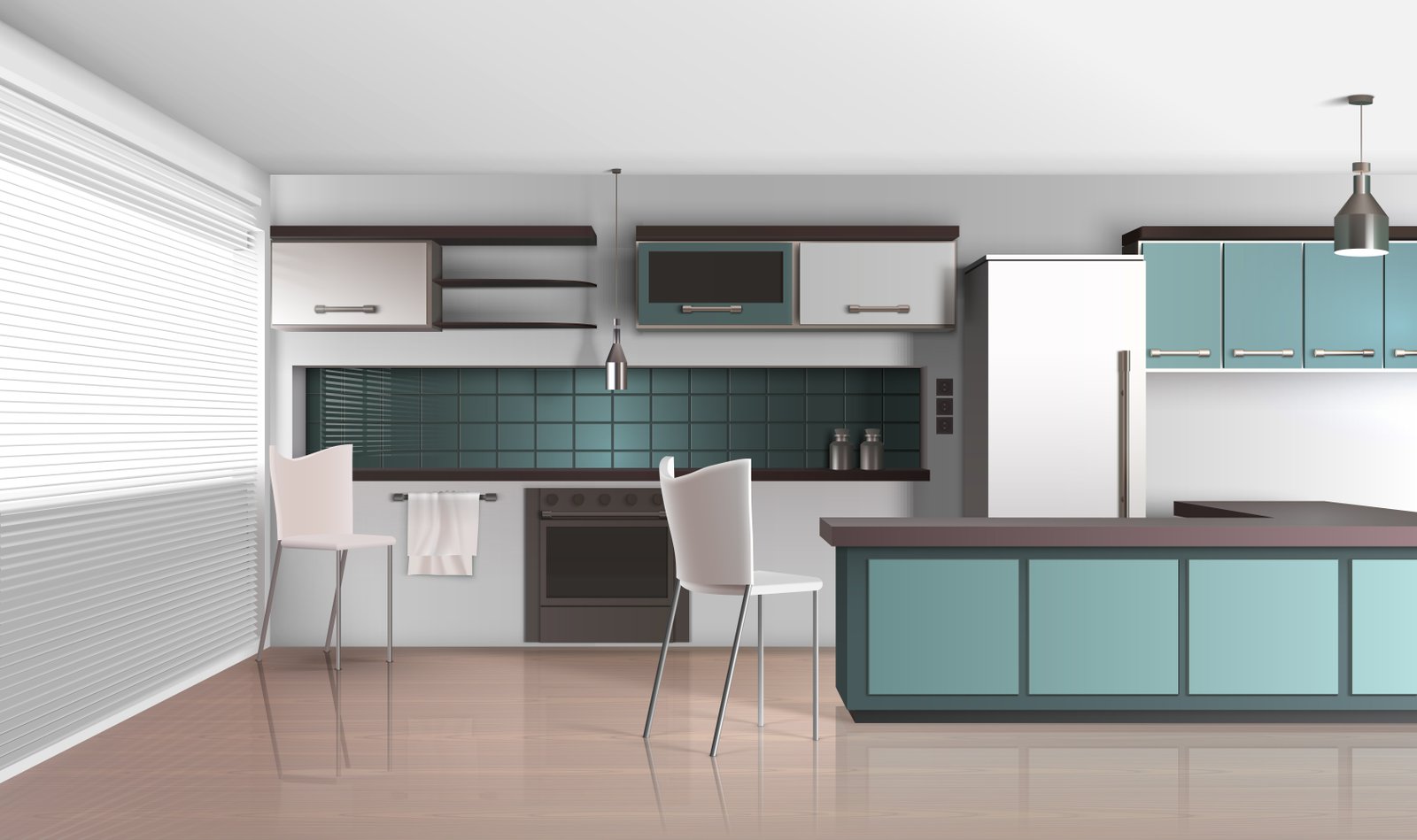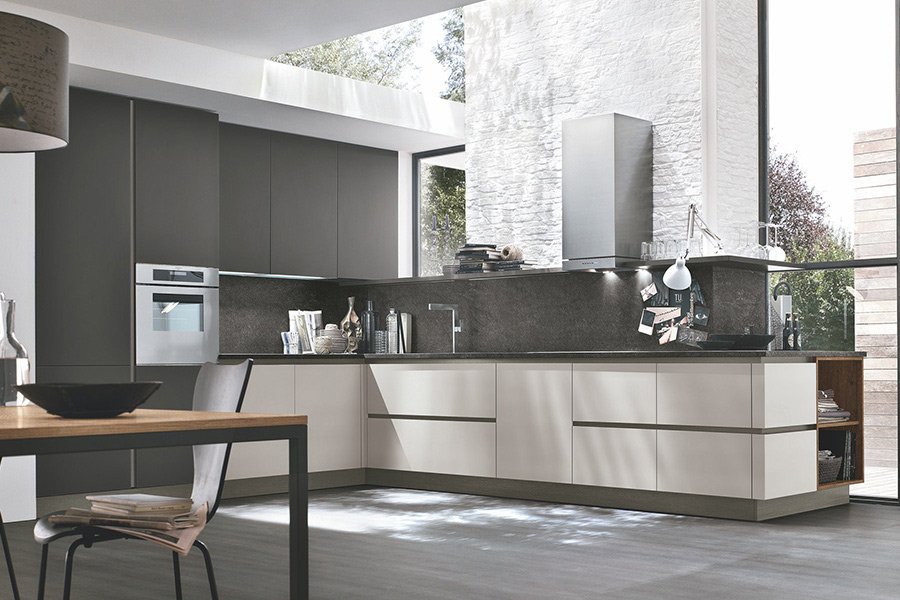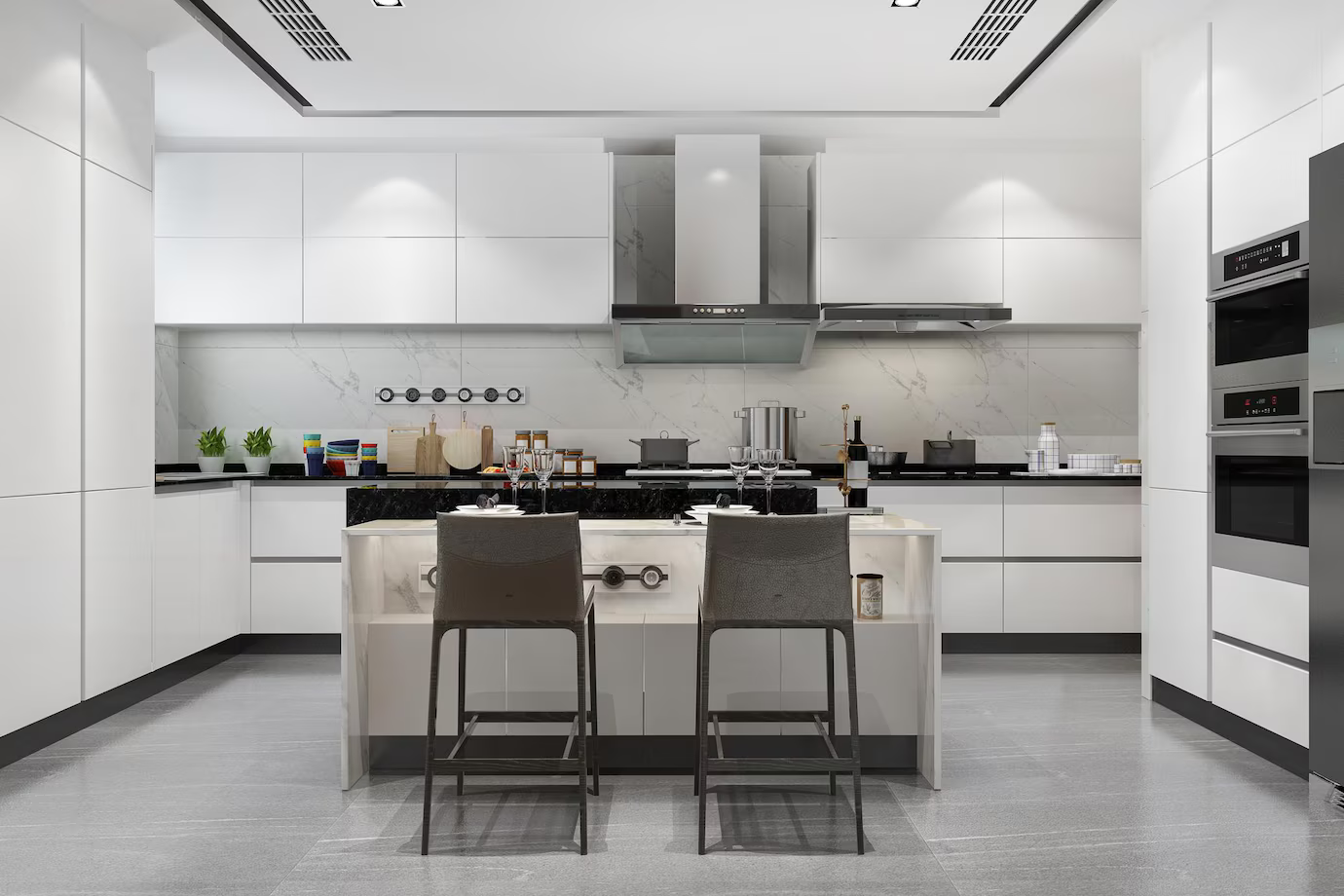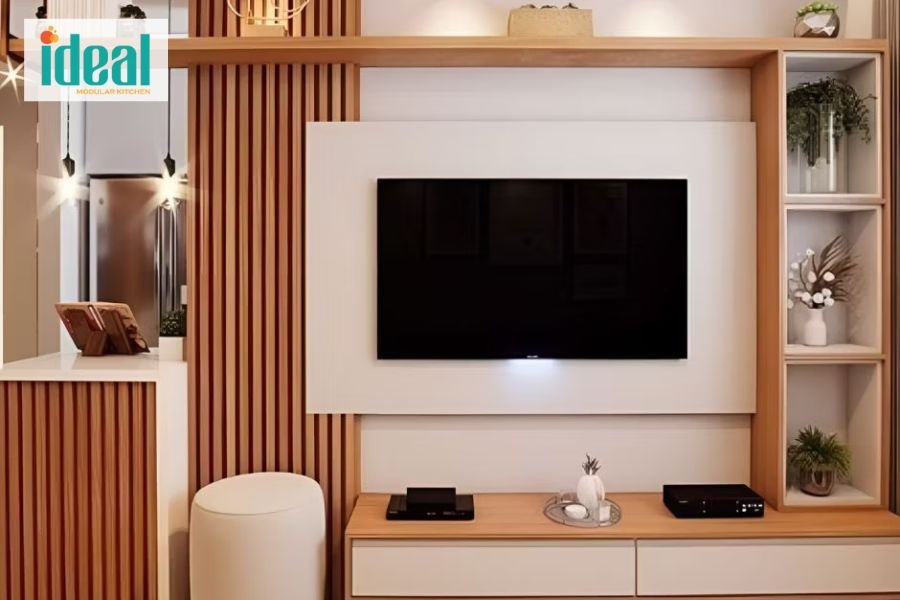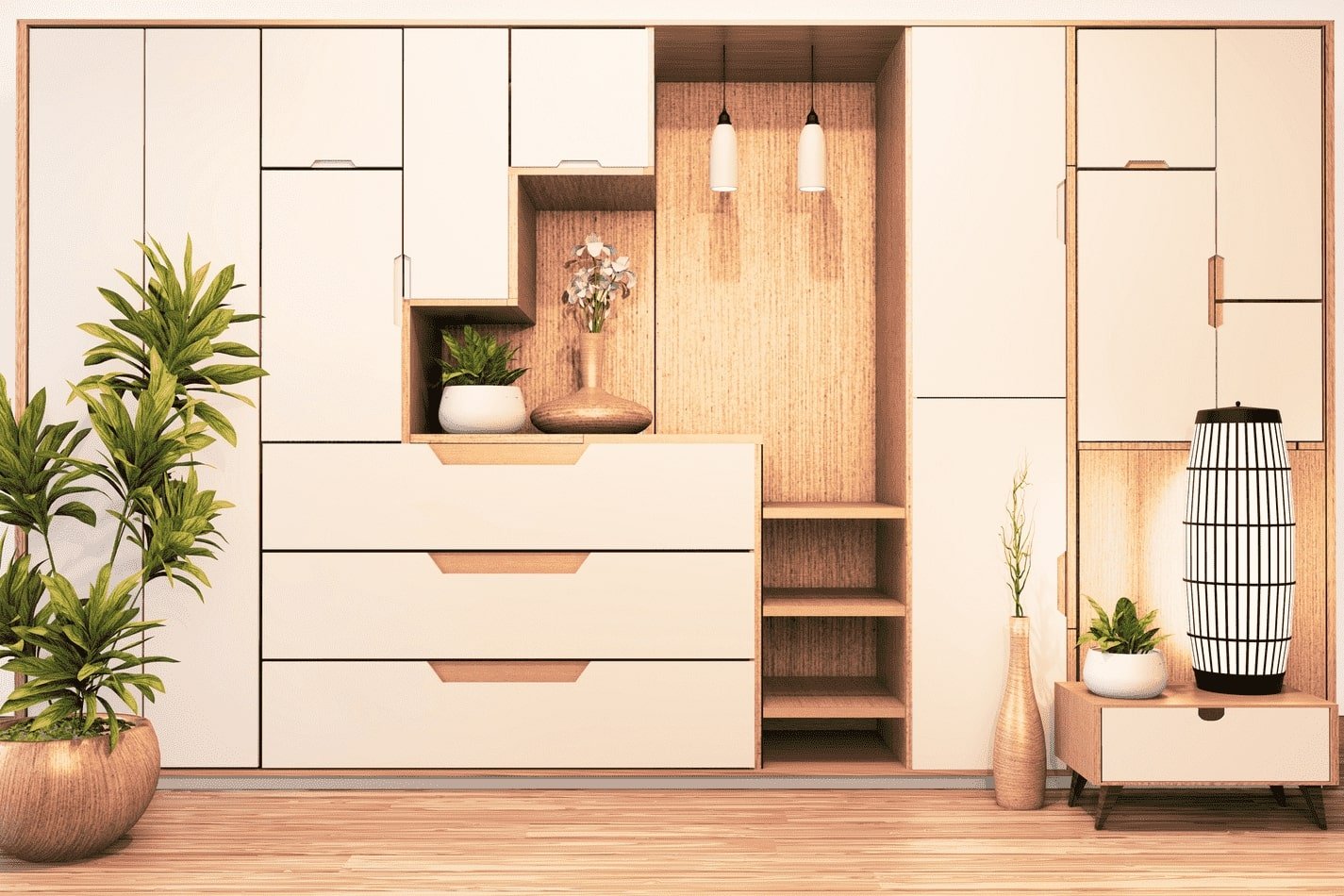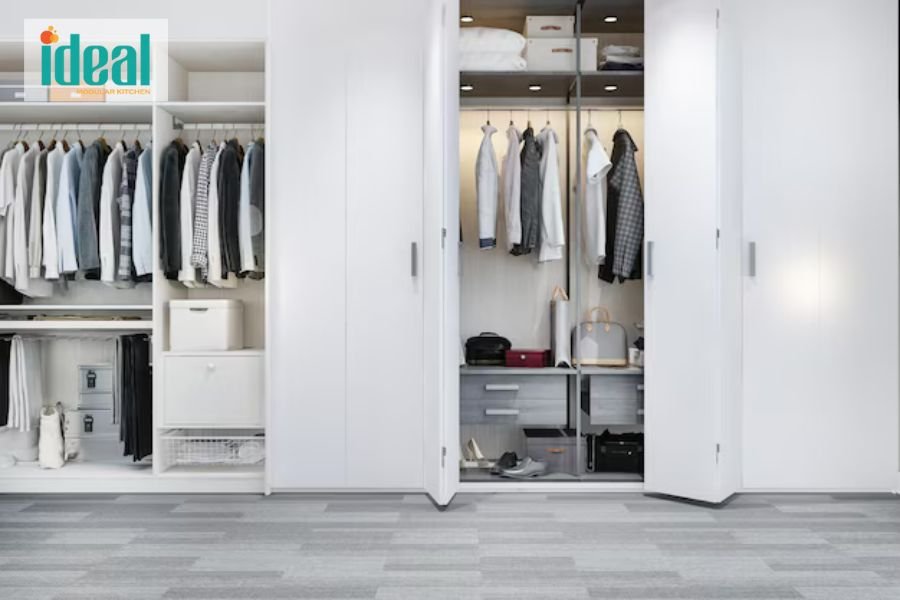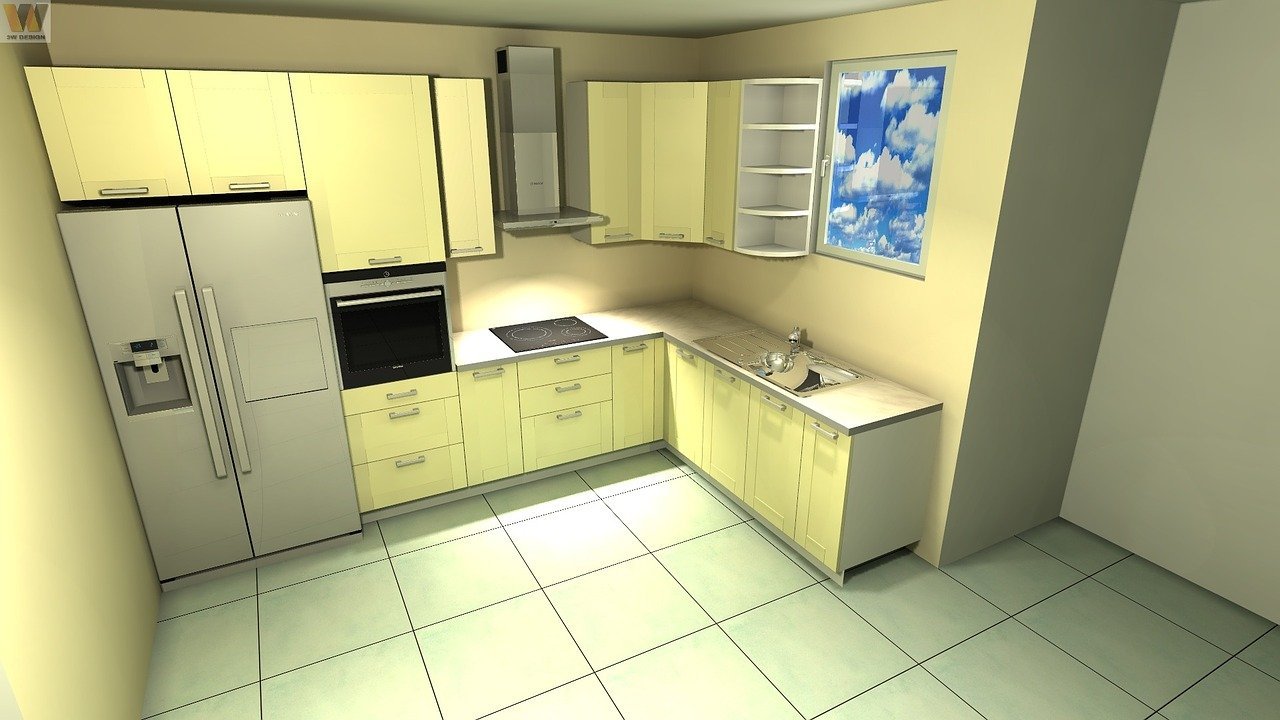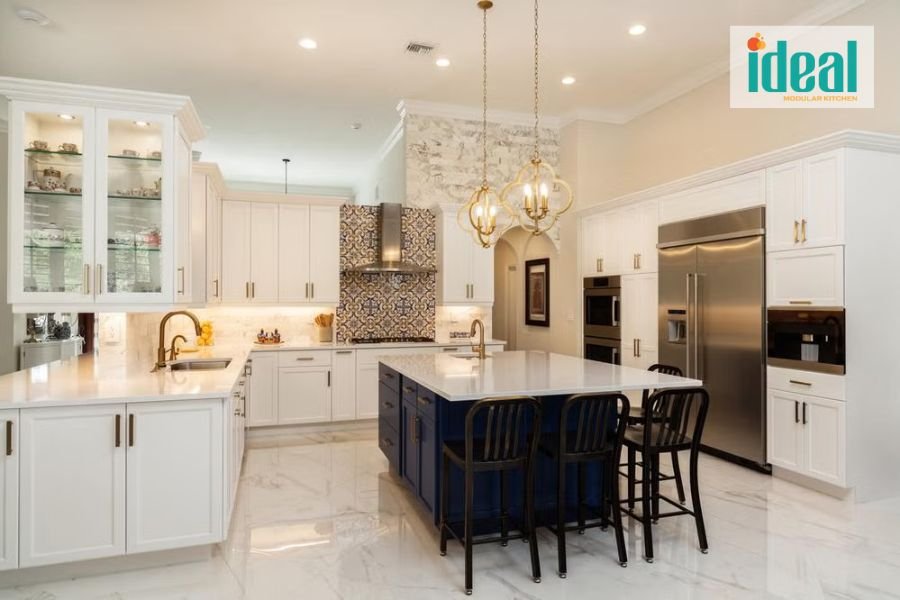Modular kitchens are practical, manageable, stylish and technical. But before getting carried away with the amazing design offerings..you should pay attention to the technical aspects to have a hassle-free kitchen in your house in the long run.
01. AVAILABLE SPACE
Though modular kitchens can be customized to varied sizes, designs, materials, colours & finishes, your kitchen's space is something that you must consider before installing a modular kitchen. The design of the modular kitchen will completely depend on the size of your kitchen.
Pro-tip: For smaller areas, a parallel or a straight kitchen would be the best choice, otherwise the space will look congested! Whereas, you can go for L-shaped, U-shaped or Island kitchen designs for larger spaces.
02. STORAGE REQUIREMENTS
Storage requirements need to be analysed in order to plan drawers, shelf cabinets and tall units. The storage capacity depends a lot on your usage pattern – whether you stock groceries/supplies weekly or monthly. If your family comprises of elder people too, more pull outs/ drawers will be convenient and easy to operate.
03. ELECTRICAL FIXTURES
You should plan slots for electrical and plumbing points in advance, especially in apartments. You should make a list of appliances and plan their placement with the designer while designing the kitchen. A modular kitchen comes with several appliances and gadgets like an oven, microwave, in-built fridge, or dishwasher, etc. So, make sure you pre-plan all these tasks and arrange things accordingly before installing a modular kitchen.
04. THE COUNTERTOP
There can be no compromises on the quality and durability when it comes to modular kitchens. The type of material you choose will entirely reflect the durability of your kitchen. Since it determines the longevity of the kitchen, the countertop is one of the most important things that need your attention. The choice of material for the countertops (Granite or Quartz) depend on the type of cooking done in your house.
05. LIGHTING
Task lighting: Task lighting is placed over counter-tops and under cabinets. It eliminates shadows and gives you a good view of your work surface. As the name suggests, it ensures that you have enough light while chopping vegetables or tackling any other prep work. Under-cabinet lighting in the kitchen also helps you identify the quality of fresh produce, read labels on jars and so on.
Cabinet lighting: Cabinet lighting helps you browse through the otherwise dark storage spaces easily. These lights switch on automatically when you open the shutter, and switch off when you close the kitchen cabinet. These are perfect for high-end kitchens. However, one can choose to include these only for corner storage or under-the-counter cabinets, if budget is an issue.
06. PLAN A COMFORTABLE WORKING AREA
Space between work areas for cooking, washing and stocking should be well planned otherwise it can end up messing up the area. Ideally, these spaces should be three feet apart on the countertop to ensure smooth functioning in the kitchen.
07. CABINET MATERIALS
Carcass: No compromise should be done while choosing raw materials and quality materials like HDHMR should be used from reputed brands like Century, Action Tesa, Crossband, Greenply etc.
Shutters: You can choose from various exterior finishes like Laminates, Acrylic, PU, lacquered glass etc.
08. PROPER VENTILATION
Apart from good window ventilation, install a modern electric chimney over the cooking range for proper ventilation, you might also want to include an exhaust fan.
09. AVOID DARK COLOURS
Dark colours like black and brown should be avoided as they are not good reflectors of light. Use quality lighting for both ceilings and walls.



